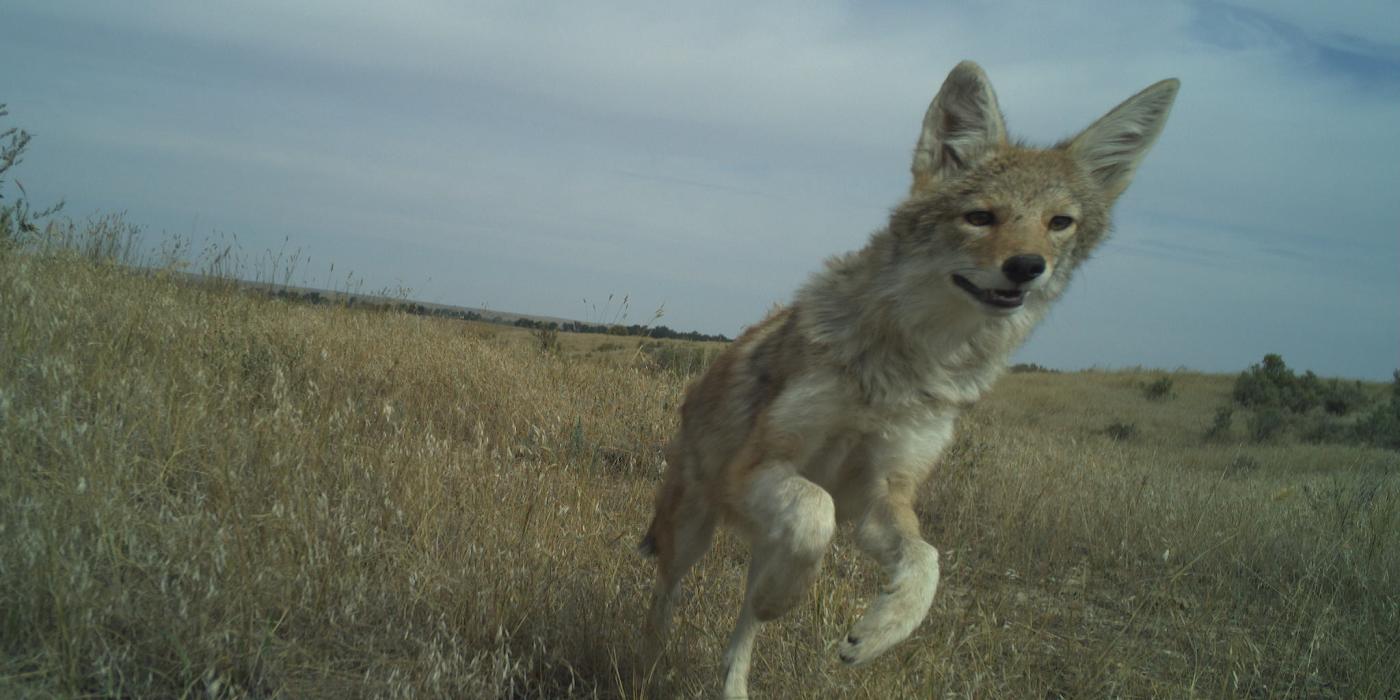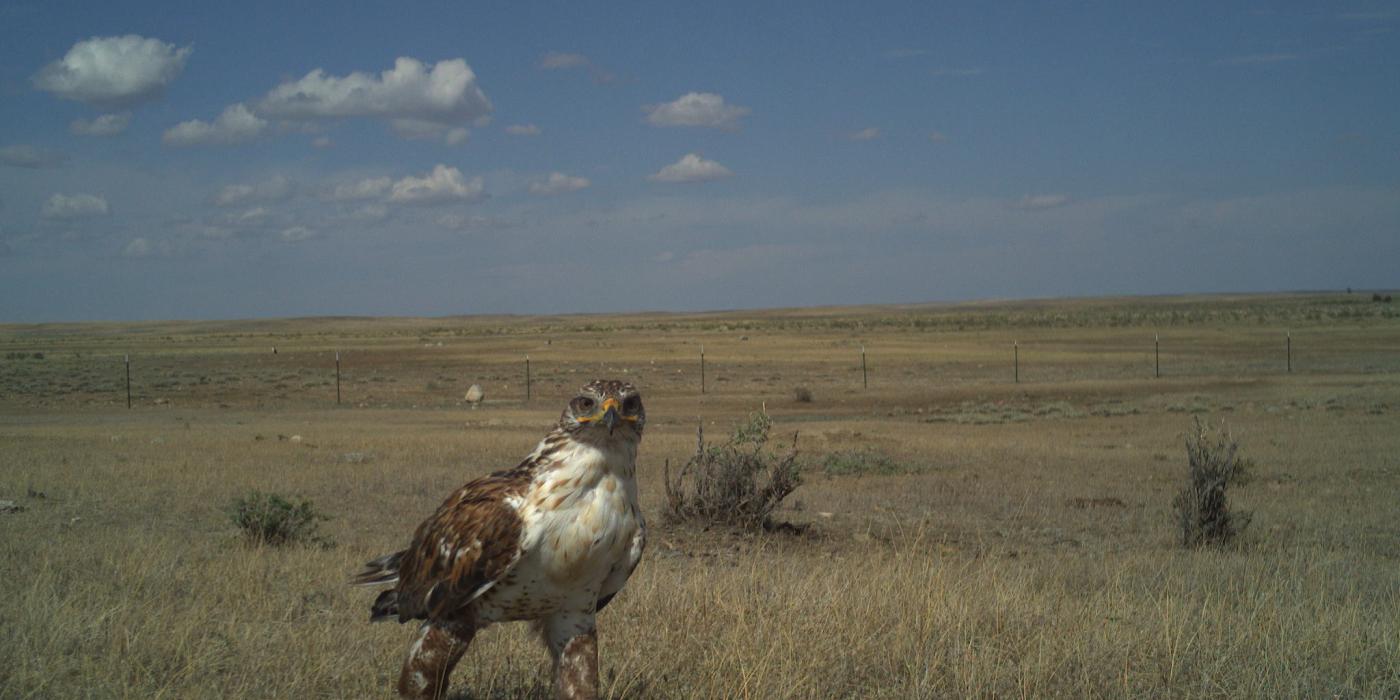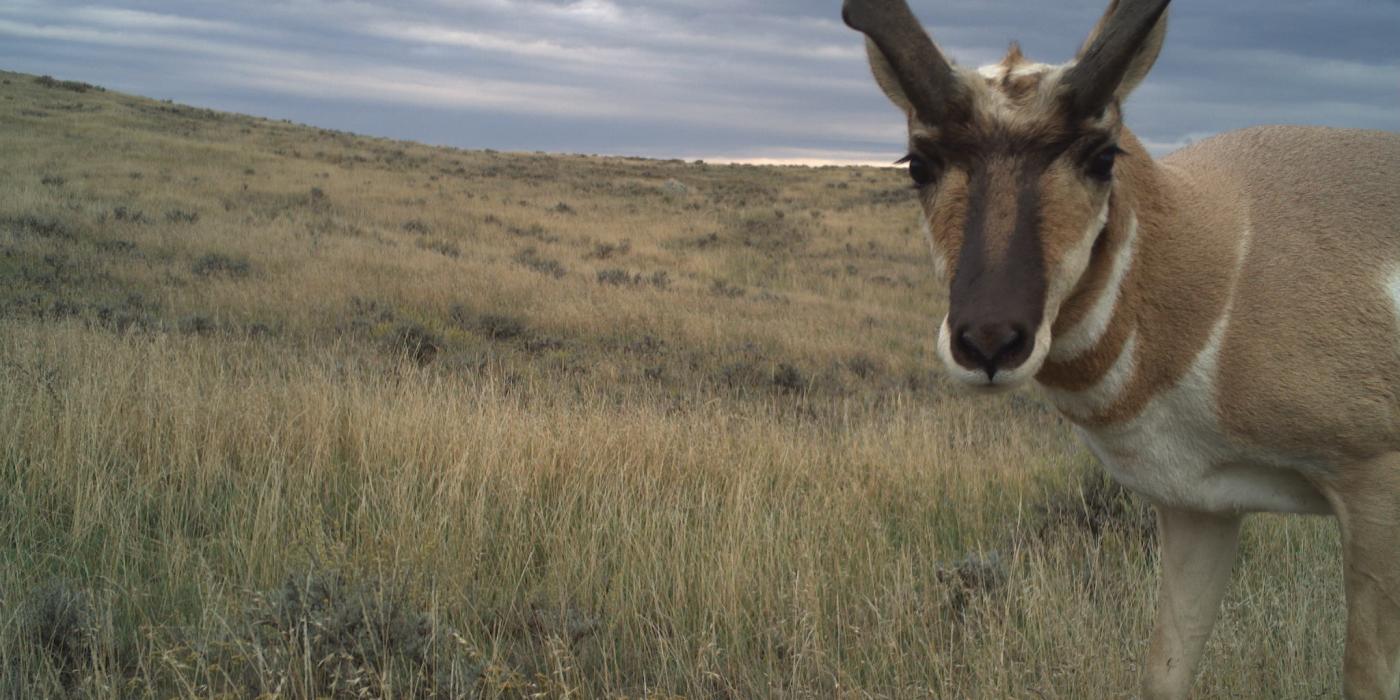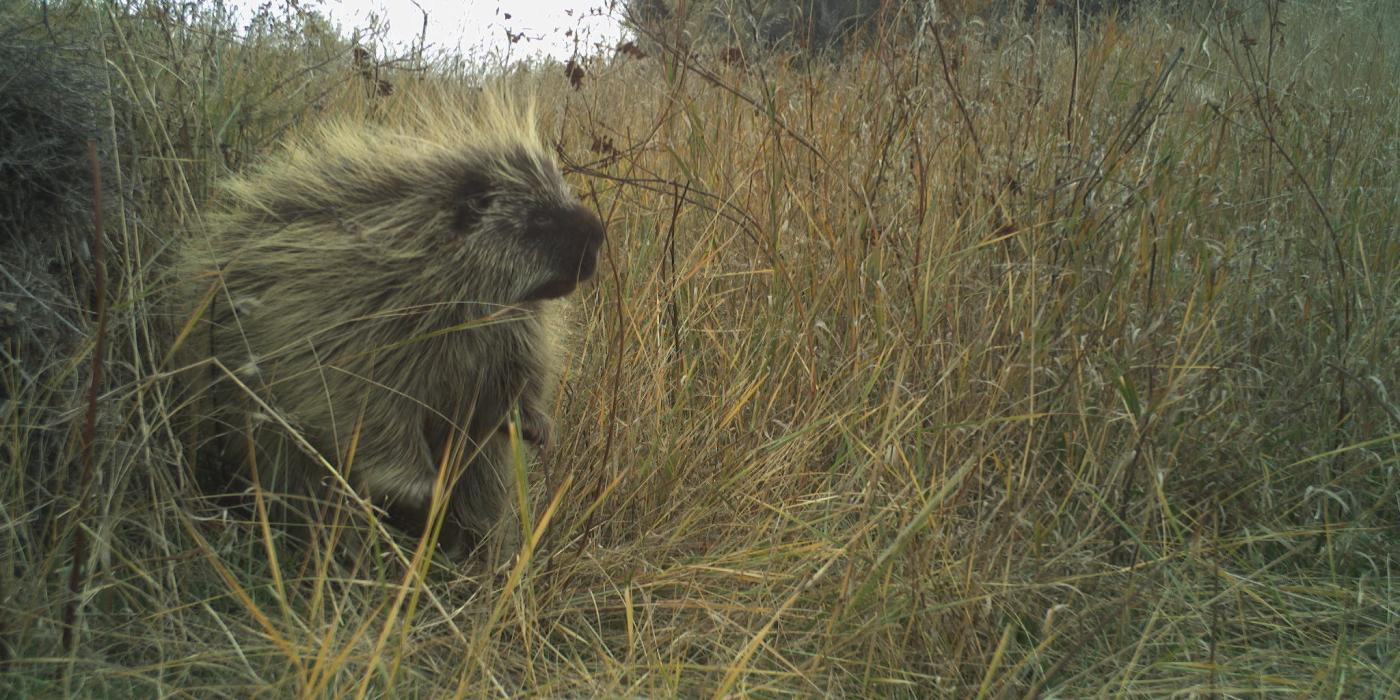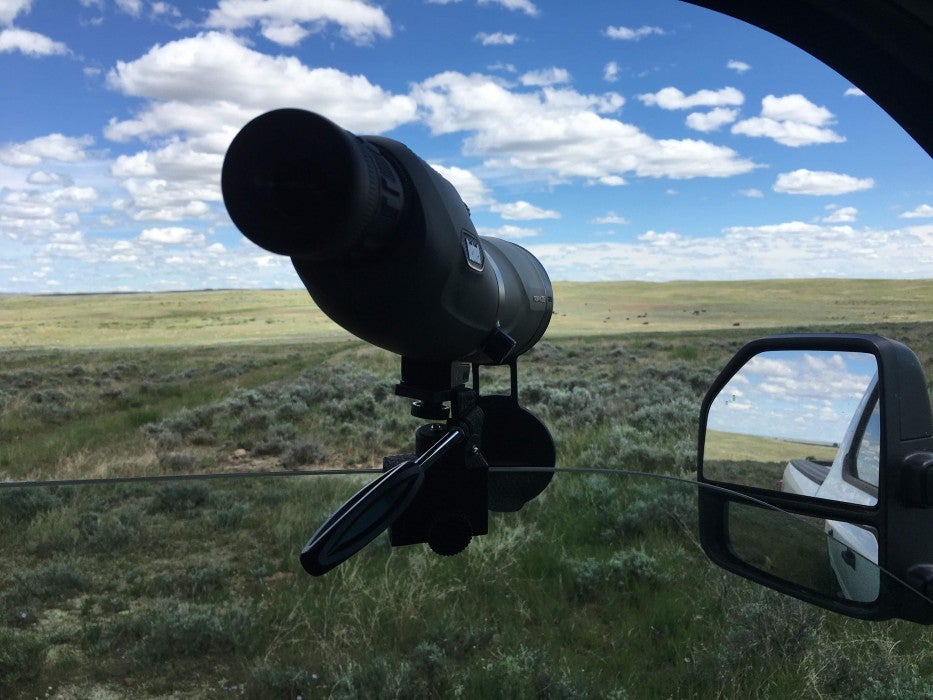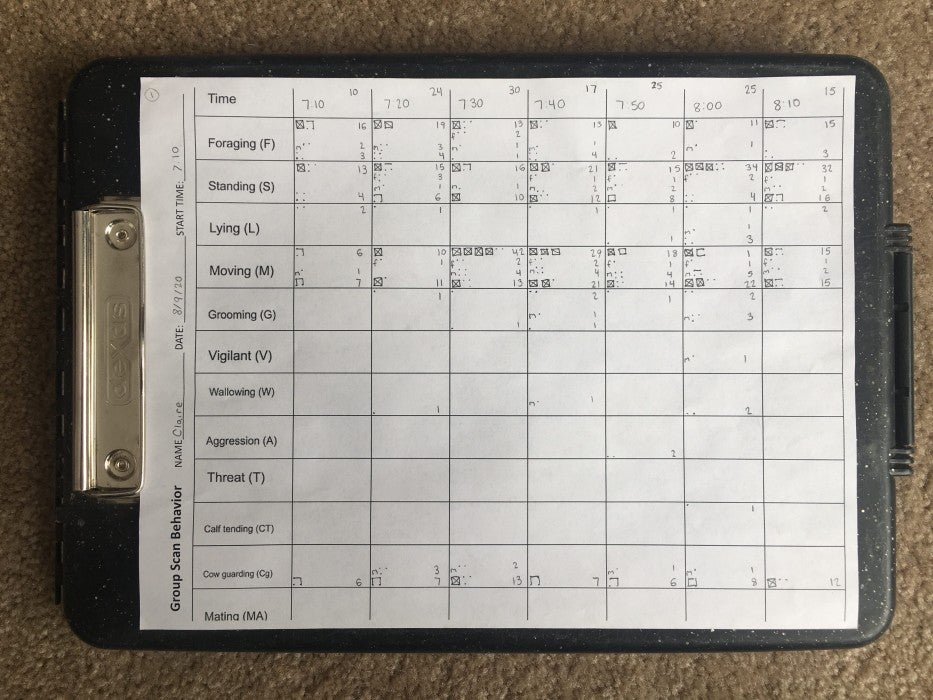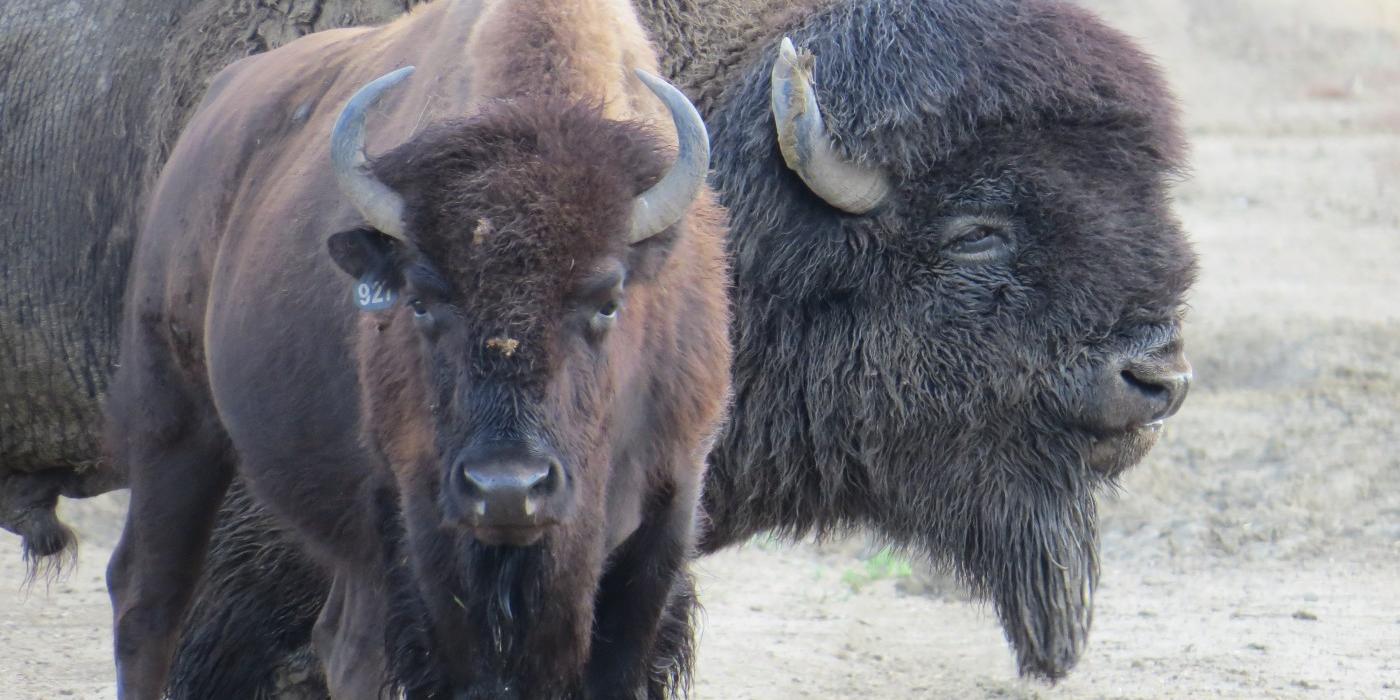Where the Bison Roam
The prairie is one of North America’s greatest treasures. Its unique ecosystem supports an abundance of wildlife, from the mighty bison to the tiniest insects. Ecologist Bill McShea shares how the Smithsonian Conservation Biology Institute’s collaboration with American Prairie Reserve will help scientists better understand how changes to the grasslands affect the wildlife that call it home.
How did this partnership come about?
The Smithsonian Conservation Biology Institute has studied grasslands all over the world—from Africa to China to Mongolia. However, conservation does not have to happen far away; there is a real need for it right here in America. The American Prairie Reserve (APR) is located in northern Montana. Their grasslands are one of the country’s most unique ecosystems.
It is fitting that the Smithsonian’s conservation scientists have collaborated with American Prairie Reserve practitioners to understand, restore and preserve that ecosystem. The practitioners are buying land, removing fences and reintroducing American bison back to their native habitat. As for the SCBI scientists, we know how to tease answers out of a complex system by studying the animal and grass communities and how they interface with one another.
How is the Conservation Ecology Center poised to help the prairie?
I have traveled to American Prairie Reserve to establish a Smithsonian Conservation Biology Institute duty station at APR’s Enrico Research Center. We are bringing the knowledge and technology that we have in our conservation tool belt to assist APR in their efforts and to explore how animals, plants and vegetation are interacting.
Prairie wildlife need large landscapes to persist. The American Prairie Reserve is comprised of hundreds of thousands of acres where we can study the diversity of wildlife, birds, plants and insects. Through partnerships with APR neighbors—such as the Charles M. Russell National Wildlife Refuge and the Fort Belknap Indian Reservation—we have 500,000-plus acres of habitat to study. Here, we cannot only release endangered species, but also use conservation science to better manage this iconic landscape.
This story was featured in the February 2019 issue of Smithsonian Conservation Biology Institute News.
